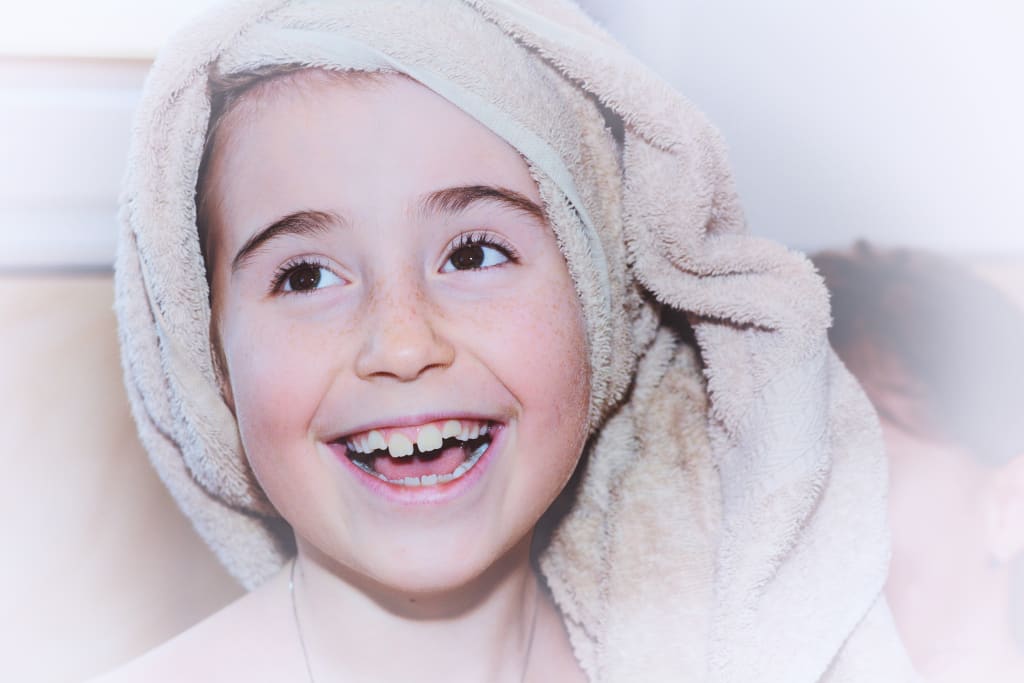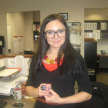5 Important Characteristics of a Children's Toothbrush
The appearance of a child's first teeth is a long-awaited moment and a very joyful event in each family.

At this time, new worries emerge for the parents: they must teach the child to care for their teeth. It is very difficult to develop a habit in a child: kids usually get naughty, often lazy. Therefore, we must be patient and, of course, choose the right toothbrush for the child.
The baby needs the first toothbrush when one or two of their teeth become visible. The best option would be silicone fingertip with small fibers on the surface. Silicone brush will not only gently and effectively clean the teeth from crumbs but also help to get rid of the itching pain during teething.
At a year and a half, when the baby has completely switched to solid food, you can look for a toothbrush in the traditional sense of the word.
Important Aspects of Choosing a Toothbrush for a Child
1. Decor: Kids are not very interested in brushing their teeth. To develop this good habit, you need to gain the interest of the child. On the shelves of modern stores and pharmacies, children's toothbrushes are represented by a rich selection of models - bright, with images of fairy-tale and animated characters. You can easily find a brush that will become a good friend for your child. But at the same time, make sure that it is not overloaded with decorative elements: this can make the brush inconvenient to use.
2. Age appropriate: The baby brush needs to be age appropriate. Depending on age, a certain type of brush size is selected. As the baby grows, the brush needs to be changed. Juniors can brush their teeth with a brush, which bristles are similar to an adult model, but the head should remain small and the handle long and comfortable. You should also remember that from five to seven years old, the teeth in children change. During this period, it is better to buy a special brush, on which the bristles of different lengths.
3. Handle: The handle of a toothbrush usually has various elements that attract a child (fairy tale characters, cartoons). In addition, the brush handle should be comfortable so that the child can easily hold the brush in his hands, and also, be able to brush their teeth without effort. When choosing a brush, try to observe the following principles: the length of the handle should match the age of the child. Preference should be given to models with non-slip material handles that have a protective ring, which will help to avoid injuries.
4. Brush head: It is very important to estimate the size and shape of the brush head. If it is too big and uncomfortable, then the care of teeth will be accompanied by discomfort, and it will be difficult to accustom the child to such a good habit. In addition, an unnecessarily large head won’t be able to clean the teeth where the jaw bends. The optimal size of the head should cover about two or three teeth. The most preferred head shape is round, with no sharp corners. This will prevent possible gum damage.
5. Bristle type: Toothbrushes for children should have bristles no higher than 11 mm. This will provide the best cleaning results possible. That’s why kids orthodontists recommend choosing a model with a smooth bristle to distribute pressure evenly. It is better to choose models with either soft or medium-stiff bristles: a different choice may damage the baby’s gums. Finally, preference should be given to synthetic bristles, since a natural material is characterized by a heterogeneous structure and the presence of channels where bacterias accumulated.
How to Teach Your Baby to Brush Their Teeth
You can find models of toothbrushes that allow you to quickly and effectively teach your child to properly brush their teeth. For example, there are brushes that change the color of the handle, if the time allotted for brushing your teeth has expired. There are models that make sounds with proper movements. This not only increases the child's interest in hygienic procedures but also allows you to develop the right habits.
But what happens when the toothbrush is chosen correctly, the parents show patience and perseverance, but the kid still does not have a desire to brush their teeth in the morning and evening. In this case, you may try such options as your own example, buy a nice-tasting toothpaste or invent a fairy tale, about a toothbrush and magical tooth care for the child.
About the Creator
Amelia Grant
I am journalist, and blogger.






Comments
There are no comments for this story
Be the first to respond and start the conversation.